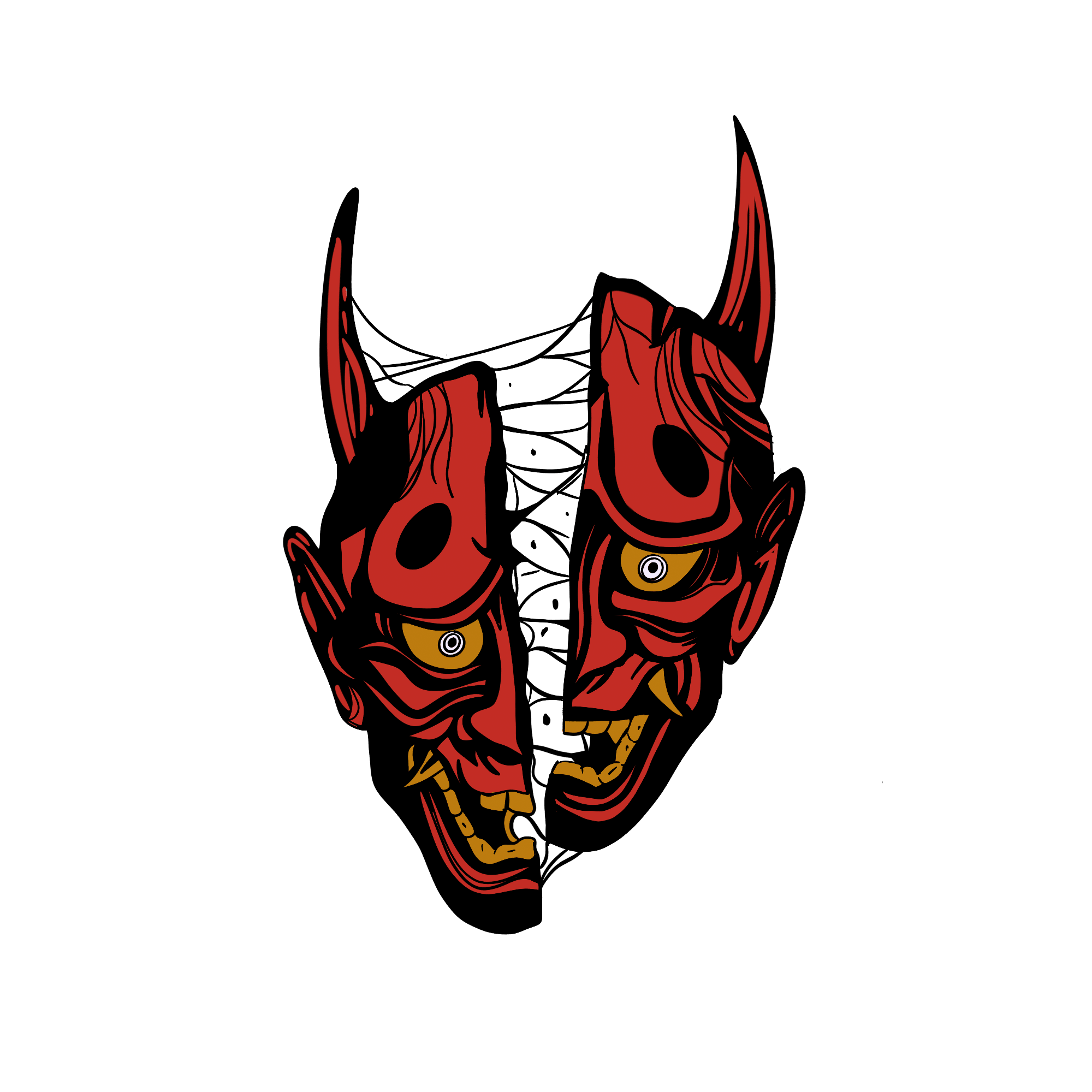AlalExecutioner


Ancient Assyrian culture, like many ancient cultures, was steeped in a rich tapestry of myths, legends, and spiritual beliefs. A significant component of these beliefs was the extensive pantheon of deities, spirits, and demons that played roles in the everyday life of the Assyrians. One such entity is the Alal, a category of malevolent beings in Assyrian demonology.
The term 'Alal' refers to destructive spirits in the Assyrian spiritual framework. The word itself is believed to have etymological roots that suggest 'devastation' or 'destruction'. These spirits were conceived as agents of chaos, harm, and disaster, embodying the negative forces that the Assyrians believed were constantly at play in the world around them.
While they were not as powerful or prominent as the major gods and goddesses of the Assyrian pantheon, the Alal were nonetheless feared for their capacity to bring about harm to individuals, communities, and even the natural world.
Alal spirits were often depicted as grotesque, monstrous entities, sometimes with a combination of human and animal features. These physical deformities were believed to be a reflection of their malevolent nature. Some common characteristics attributed to them include sharp teeth, clawed hands, and an overall menacing demeanor. According to Johann Weyer, the Alal filled the post of chief executioner to the monarch of Hades.
Beyond their terrifying appearance, the Alal were believed to have various abilities:
1. **Inflicting Diseases:** One of the primary roles of the Alal was to bring about illnesses. They were often invoked as the culprits behind epidemics or unexplained sicknesses.
2. **Causing Nightmares:** Assyrian texts make frequent references to evil spirits being responsible for disturbing dreams and nightmares.
3. **Bringing Bad Luck:** Any misfortune, from a failed harvest to personal tragedies, could be attributed to the malevolent influence of the Alal.
Recognizing the threat posed by these malevolent entities, the Assyrians developed a series of rituals, charms, and incantations to protect themselves. Priests and exorcists played a crucial role in this defense mechanism. Some common protective measures included:
1. **Amulets:** These were objects imbued with magical properties, often worn around the neck or wrist, believed to shield the wearer from the harmful influence of the Alal.
2. **Incantations:** Words of power were recited to ward off evil spirits. These incantations often invoked higher deities to intercede and protect the individual from the Alal.
3. **Rituals:** Special ceremonies, often involving offerings and sacrifices, were performed to appease or banish the Alal.
The Alal, as destructive spirits in Assyrian demonology, offer a fascinating glimpse into the ancient Assyrian mindset. They exemplify the human need to conceptualize and personify the unknown and unexplainable negative forces in our lives. The presence of such entities in their belief system underscores the universality of such concepts across various cultures and eras, reminding us of our shared human experience across time and space.
Demons



